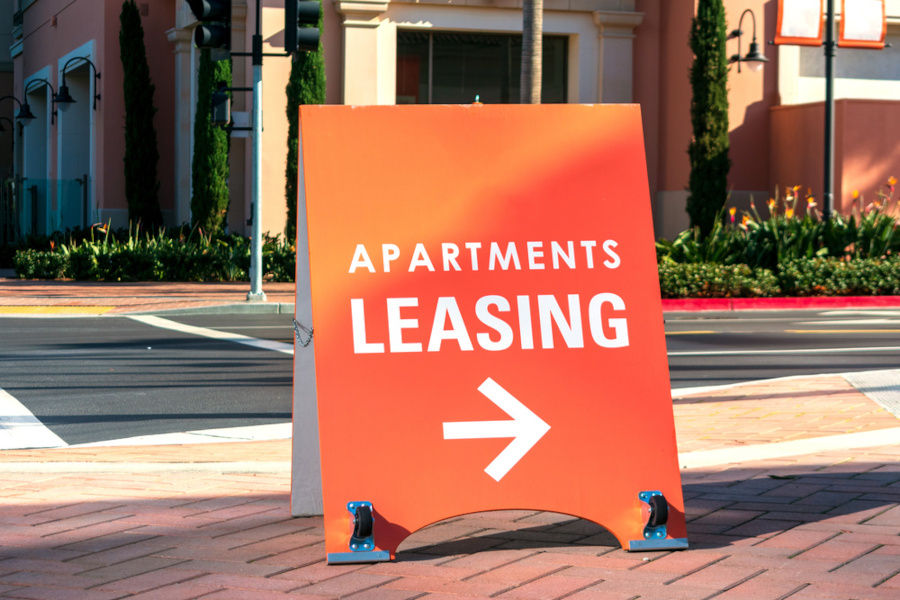Tenant vs. Occupant:
Understanding the Rights and Responsibilities
When it comes to renting in real estate, the terms "tenant" and "occupant" are often used interchangeably. But there's a crucial distinction between the two that can impact both tenants and landlords. Let's break down the key differences between tenants and occupants, and what it means for your rights and responsibilities.
The Tenant: Legal Resident with a Contract
A tenant is someone who has a formal lease agreement with the property owner, also known as the landlord. This lease is a legally binding contract that outlines the terms of occupancy, including:
- Rent: The tenant is financially responsible for paying rent on time and in full as outlined in the lease.
- Property Maintenance: The lease typically specifies the tenant's responsibility for maintaining the property in a clean and undamaged condition.
- Length of Stay: The lease defines the duration of the tenancy, whether it's a fixed term or month-to-month agreement.
- Rights and Protections: Tenants have legal rights under landlord-tenant laws, including the right to habitable living conditions and a proper eviction process.

The Occupant: Permission to Reside, but No Formal Agreement
An occupant resides in a property with the landlord's permission, but they are not party to a formal lease agreement. This could include:
- Family Members: A tenant's spouse, children, or parents living in the unit.
- Roommates: Individuals sharing a space with the tenant, but not named on the lease.
- Guests: Short-term visitors with the tenant's permission.
Occupant vs. Tenant: Key Differences
The main difference between tenants and occupants boils down to the legal agreement:
- Financial Responsibility: Tenants are legally obligated to pay rent, while occupants generally are not. Their financial arrangements are typically informal agreements with the tenant.
- Legal Rights: Tenants have rights under landlord-tenant law, while occupants have fewer legal protections. Landlords can evict occupants with less notice compared to tenants.
- Responsibilities: Tenants are responsible for maintaining the property according to the lease. Occupants may have limited or no responsibility for repairs or upkeep.
Why Does the Distinction Matter?
Understanding the difference between a tenant and occupant is important for both parties:
- Landlords: Landlords need to know who is legally responsible for the property and rent payments. They should have clear guidelines about occupants in the lease agreement.
- Tenants: Tenants should be aware of their rights to add occupants and the potential consequences for any damages caused by unauthorized occupants.
- Occupants: Occupants should understand their limited rights and the possibility of the landlord requesting them to leave with shorter notice.
Conclusion
Clear communication and proper documentation are key to avoiding confusion between tenants and occupants. If you're unsure about your status as a tenant or occupant, consult with a lawyer or local tenant association for clarification.
Homes for rent: Homes for rent in Massachusetts
Homes for sale: Homes for sale in Massachusetts
